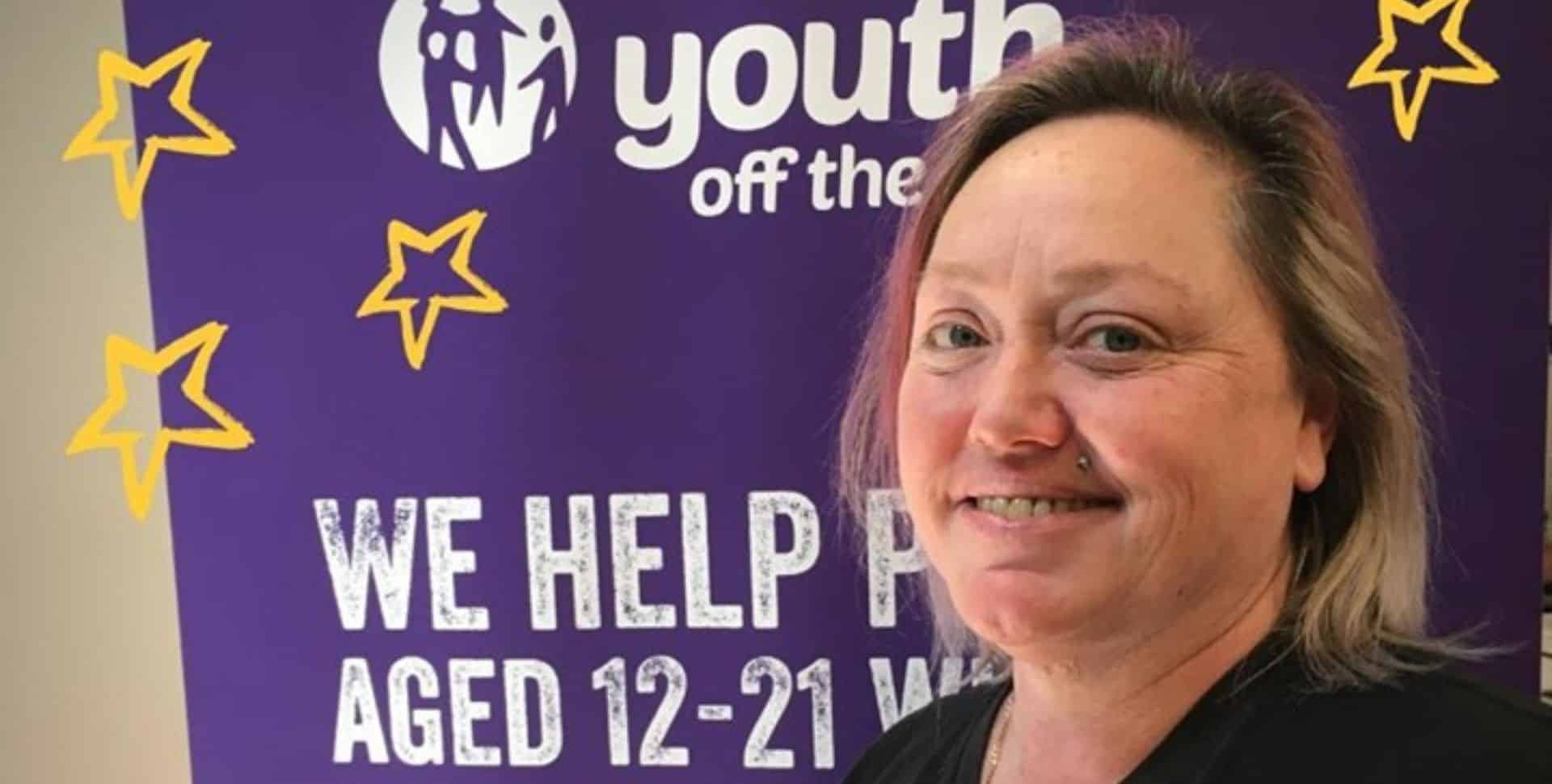As a sector, we’ve known for decades that youth homelessness and domestic, family and sexual violence (DFSV) are inextricably linked. We also know that young people who are impacted by either or both social issues experience high levels of vulnerability to risk.
I was 12 when I couldn’t handle the DFSV at home anymore. I left because I thought living on the streets would be safer than coming home to a person who used abuse on my mum every day. I was scared to become homeless, but nowhere near as scared as I felt at home.
The first time I told someone about the abuse and why I was living on the streets, they decided I was the problem – that I was ‘uncontrollable’ – and put me in detention in a girls’ home for two years. That was when I swore to do everything I could to ensure that the voices of young people experiencing DFSV would be heard.
I have now worked with young people experiencing DFSV and other forms of disadvantage for over 20 years. In that time, I’ve seen very little change in terms of equipping young people with information on how to identify and respond to DFSV.
Almost forty years on from my own experience of DFSV, it is still a leading cause of youth homelessness and yet young people in DFSV situations are often unaware that they have other options. That is why I created the Power Within program.
Power Within is a trauma-informed, strengths-based early intervention program that has been delivered across Youth Off The Streets’ six independent high schools since 2017.
Over 95 per cent of our students have been impacted by DFSV, and I quickly discovered that existing early intervention and education programs weren’t developed with the needs and concerns of young people in mind.
The goal of Power Within is to encourage young people to have open conversations, with the facilitator and each other, about how to identify DFSV and what each stage of the cycle of abuse looks like. Young people growing up with DFSV tend to normalise these behaviours, and sometimes they are unable to identify that they are living in an unhealthy environment.
One of the program outcomes reflected in feedback from young people is that they understand they have options for staying safe that don’t involve leaving home. When I talk to young people about what the stages of DFSV can look like, they begin to recognise the signs of abuse at home or within their own intimate partner relationships. This is key because it allows us to start working together on a DFV Risk Indicator and Coping Plan.
The coping plan will typically include details of a safe place to go, either inside or outside the home, to get away from violence; the names and phone numbers of three trusted people the young person can contact in an emergency; the creation of a ‘power word’ as well as a non-verbal signal for our staff – such as a wearing a particular hat or item of clothing – to indicate there has been a DFV incident but they are not yet ready to talk about it; and agreed steps our staff should take if the young person is absent from school.
Many young people like Eliza* become the ‘power person’ in their family after completing the program. Eliza experienced violence at the hands of her mother for many years. By the time she was 14, she had cycled in and out of homelessness several times, returning home when her mum promised things would be different.
When Eliza was 15, living at home and attending a Youth Off The Streets school, she had the knowledge and confidence to start conversations with her mum about the cycle of DFSV. This opens the door for families to recognise and respond to what’s happening. If they want additional support, we provide information about services and choices they can make, instead of feeling that there is no way out of DFSV.
After decades of work with at-risk young people ‘upstream’ from homelessness, it is clear that there is an urgent need for more youth-specific DFSV programs to be developed and properly resourced.
In my experience, young people who have lived through challenging experiences are among the most creative, resourceful and resilient. It would serve us well to start thinking of them as the key to breaking cycles of DFSV and homelessness.
Originally published in Parity magazine, April 2023.
*Name changed to protect the young person’s privacy.

